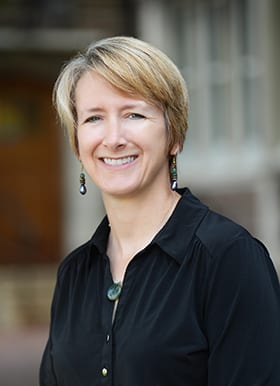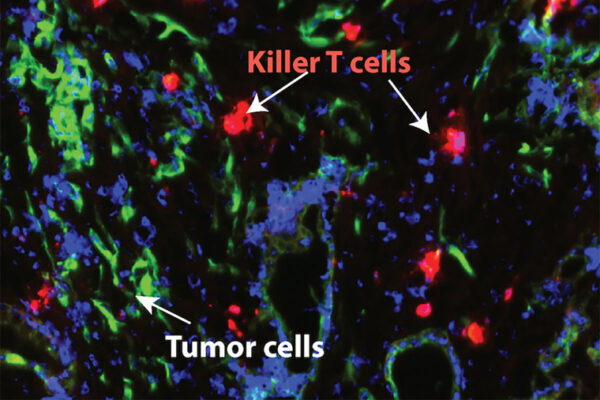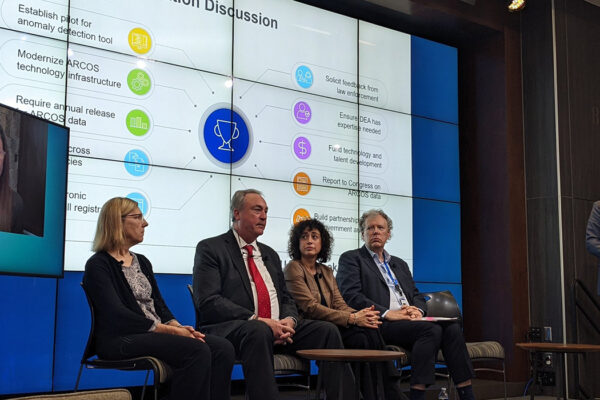Rural cancer prevention and care relies on a number of agencies and networks working together to create environments supportive of healthy behaviors and to identify patients who need care and get them to the right places for screening and treatment.
A network survey among agencies that address cancer risk in rural Missouri and Illinois, conducted by the Brown School and School of Medicine’s Implementation Science Center for Cancer Control, was found to be useful in helping those practitioners identify gaps, plan for how to establish future relationships and strengthen collaboration.
“The most important aspect of this paper is that it shows how network analysis is useful in real-world applications for community practitioners,” said Bobbi Carothers, senior data analyst at the Brown School and first author of the paper “Mapping the Lay of the Land: Using Interactive Network Analytic Tools for Collaboration in Rural Cancer Prevention and Control,” which will be released in the June print issue of the journal Cancer Epidemiology, Biomarkers & Prevention.

The study focused on informal health promotion networks. These rural agencies work together by exchanging information, promoting each other’s initiatives, sharing resources and in some instances obtaining funding to co-implement specific health promotion projects.
“We taught them how to explore and understand their networks, and they combined that with their knowledge of the environments their networks operated in,” Carothers said. “They used this understanding to help inform interventions, identify relationships that needed attention and improve their referral networks.”
The study was done as part of a pilot grant titled “Systems Approaches for Mapping Public Health and Clinical Partnering for Cancer Control in Rural Communities,” which was awarded to Peg Allen, research assistant professor at the Brown School and second author on the paper.
After conducting a practitioner network survey about contacts, collaboration and referrals, Carothers and her team gave those practitioners a Network Navigator tool aimed at helping strengthen relationships.
“The Network Navigator tools allow users to look at the connections by contact type and by activities, which allows organizations to analyze the type, frequency and purpose of the connections,” said Rebeca Pacheco, executive director of the Butler County Community Resource Council. “It also allows the user to identify gaps in connections. The data will be used to develop new connections, to illustrate current connectedness to potential funders in order to bring more resources to the region, and for our strategic planning process.”
“The interactive Network Navigator helped us see how connections are made or not made to partners we thought were part of our network, how a new partner can be better integrated into the network and where we can build stronger relationships,” said Karen White, chief executive officer of Missouri Highlands Health Care.


